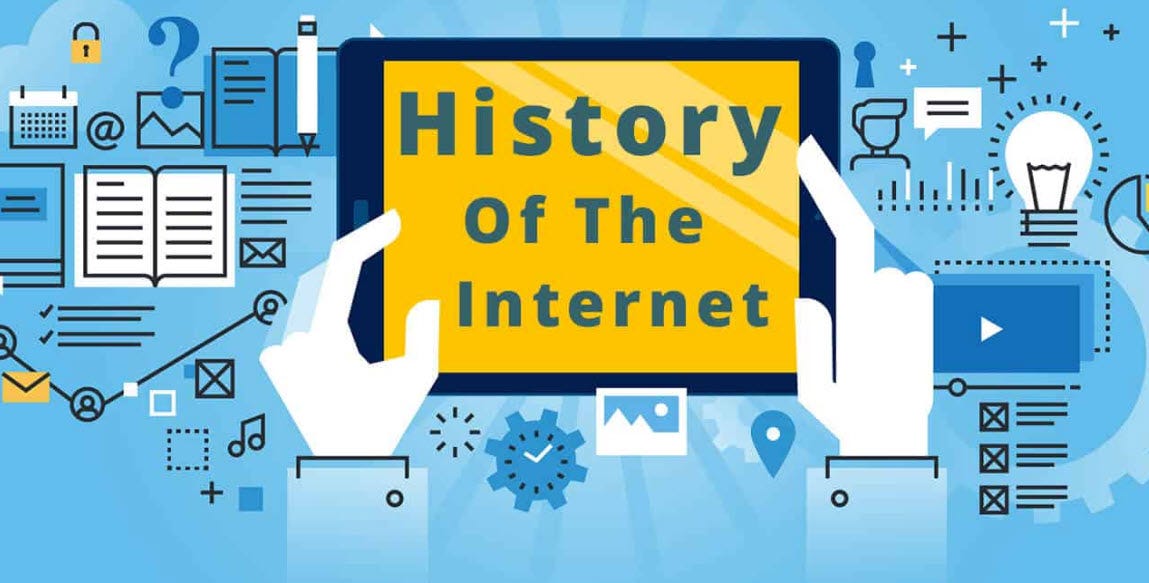When did the Internet become popular? Everyone thinks about it. The internet failed to show up overnight. It began in the 1960s, when analysts began experimenting with computer associations. Initially, the governments of the joint states known as ARPANET supported it.
When did the Internet become popular?
The Internet’s exciting story is a blend of creativity and worldwide linking. Let’s look at how it all unfolded: From the beginning (1960s–1970s), the journey of the internet began in the 1960s with the creation of ARPANET, a project backed by the U.S. Department of Defense.
The idea was to create a network that could withstand shocks and continue to function even if a nuclear bomb destroyed some of its components. Growing and Emailing (1980s) During the 1980s, the network thrived as more academic institutions and government units went online.
Email emerged as the preferred communication means, especially between scholars and researchers. This era also witnessed the rise of other networks like Usenet, BITNET, and NSFNET, which broadened network communications. World Wide Web and Browsers (1990s) The Internet started gaining its current form with Tim Berners-Lee introducing the World Wide Web in 1989.
The web offered an easy way to operate the expanding network via hyperlinks. The first browser, called WorldWideWeb (later named Nexus), launched in 1990. However, the 1993 release of the Mosaic browser made the web user-friendly and triggered the internet surge. Mainstream acceptance (The mid-1990s) The term internet became a household word by the mid-1990s.
The arrival of user-friendly browsers like Netscape Navigator simplified web use, and people began to spot the internet’s potential for trade, fun, and communication. With a flood of new websites, companies like Amazon and Google emerged, forming the digital economy’s foundation
when did the internet become popular in the us
In the modern world, it isn’t easy to imagine life without the web. But have you ever pondered when this unimaginable development became prevalent? Let’s set out on a journey through time to find the reply to this interesting address.
Early Beginnings of the Web
The internet failed to show up overnight. It began in the 1960s, when analysts began experimenting with computer associations. Initially, the governments of the joint states known as ARPANET supported it.
The First light of the world Web
Quickly moving forward to the late 1980s and early 1990s, a critical improvement occurred with the creation of the World Wide Web by Tim Berners-Lee. This development revolutionized how data was gotten to and shared online.
Web Enters the Standard
By the mid-1990s, the web had begun picking up notoriety among the common public. The presentation of user-friendly interfaces, such as web browsers like Netscape Pilot and Web Pilgrim, made it less demanding for individuals to explore the online world.
The Dot-Com Boom
The late 1990s saw the dot-com boom, a period of fast development in internet-based businesses. Companies like Amazon, eBay, and Yahoo rose, capturing the consideration of investors and buyers alike. This period marked a critical turning point in the internet’s journey.
Web within the United States
Let’s centre on the ubiquity of the web within the joined-together states. Whereas the web was picking up footing universally, its selection within the US was especially vital.
The Part of AOL
America Online (AOL) played a significant part in popularizing the web among American family units. With its easy-to-use interface and iconic “You’ve Got Mail” welcome, AOL made getting to the web a commonplace and agreeable involvement for millions of Americans.
Broadband Insurgency
The early 2000s saw a surge in broadband web appropriation within the US. High-speed web associations became more reasonable and open, clearing the way for modern online encounters, including spilling media and online gaming.
Social Media Insurgency
The mid-2000s witnessed the rise of social media platforms like Facebook, MySpace, and Twitter. These stages changed how individuals associated, communicated, and shared data online, helping fuel the internet’s ubiquity.
Flexible Web
The appearance of smartphones within the late 2000s and early 2010s brought the web into the palms of people’s hands. With the portable web, people may remain associated on the go, leading to a surge in online activities such as portable browsing, social organizing, and app utilization.
Conclusion
In conclusion, the internet’s journey to notoriety has been surprising, crossing a few decades of development and mechanical headways. From its humble beginnings as an inquiry venture to becoming vital to cutting-edge life, the internet has changed how we live, work, and connect with the world around us. Within the Joined Together States, its popularity has since proceeded to take off, shaping how Americans interface, communicate, and devour data within the advanced age.



